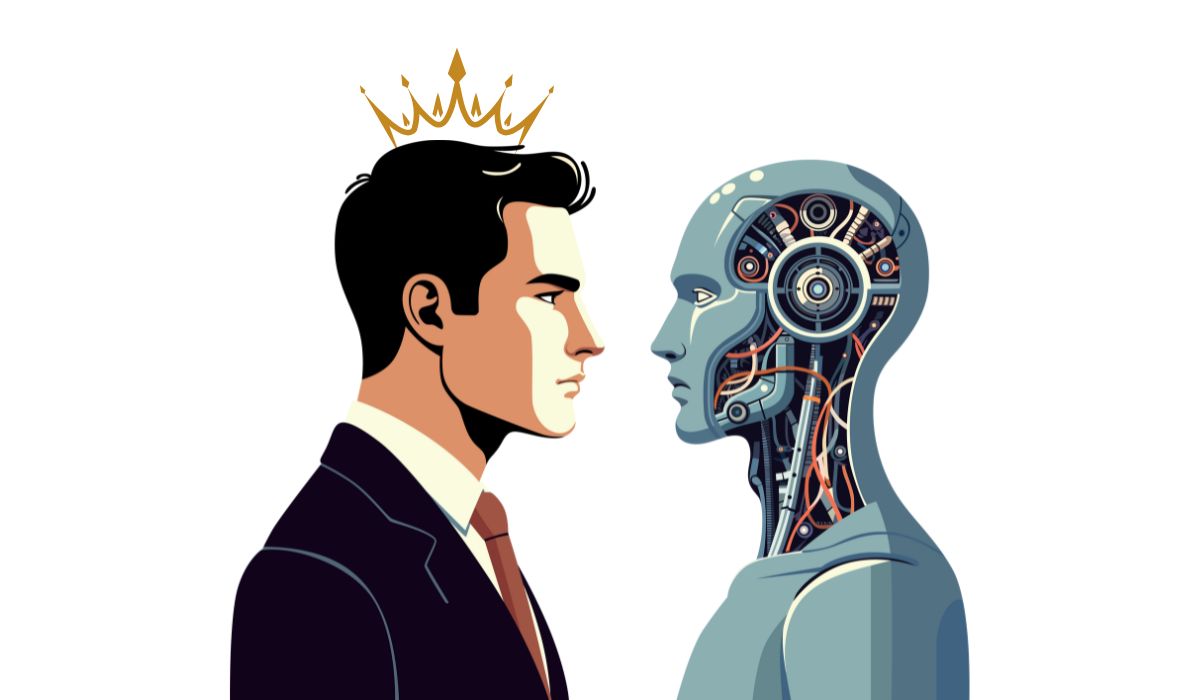11/27/2024
Ever listened back to an interview recording and wished you could rewind and catch every word? That's where transcription comes in. It's like hitting the pause button and capturing everything that was said, word-for-word. But hold on, not all transcriptions are created equal.
These days, automated transcription tools are everywhere. They're fast, and sometimes even free. But here's the thing: interviews are full of rich details like accents, industry jargon, even emotional tone. Automated tools often struggle to capture these nuances, leaving you with a transcript that's, well, a bit robotic.
Human transcriptionists are like linguistic superheroes. They've got the skills to not only hear every word but understand the meaning behind it. Here's how they elevate interview transcriptions to a whole new level:

Studies show that automated transcription accuracy can hover around 85%, which is okay until you realize you're missing 15% of the conversation! Human transcribers can achieve higher accuracy rates. That means you get a clear picture of everything that was discussed, from technical terms to background chatter (if that's relevant!).
Interviews are treasure troves of information, but sometimes unearthing the real gems can be tricky. Human transcribers act like detectives, uncovering key themes and industry-specific language within the conversation. This makes your analysis a breeze, the information is already categorized and ready for you to dig into.
Imagine trying to understand a joke without any context, tone, or facial expressions. That's basically what you get with automated transcription. Human transcribers can pick up on these subtle cues, pauses, changes in tone, even laughter, making your transcripts way more engaging and insightful.
The world is a diverse place, and interviews are no exception. Human transcribers bring cultural sensitivity to the table. They can navigate different accents, slang, and even regional dialects, ensuring your transcripts are accurate and respectful of everyone involved.
Interviews don't always follow a script. A human transcriber can adapt in real-time, capturing sudden changes in topic or unexpected references that might throw a wrench in an automated system. This ensures you get a complete and accurate record of the conversation, no matter where it goes.
Human transcriptionists aren't just word-slingers; they're data accessibility superheroes! By capturing every nuance, from accents to technical jargon, they make interview data crystal clear.
Imagine a researcher studying a new teaching method. With a human-transcribed interview, they can dive deep into student experiences, understanding their emotions and challenges firsthand. Or consider a healthcare professional analyzing patient feedback. A precise transcript can highlight pain points and areas for improvement, leading to better patient care.
In the legal world, accurate transcriptions of witness testimonies and expert opinions are crucial. Human transcribers ensure every word is captured, no matter how complex the legal jargon.
Human transcription isn't just about getting the words right. It's about unlocking the full potential of your interview data. Imagine you're conducting interviews for a study on healthcare access in rural communities. A human transcript will capture the emotional weight of the stories being shared, providing a richer and more accurate dataset for analysis. This can have a significant impact on the quality and impact of your research findings.
While automated transcription has its place, human transcription remains the gold standard for interview data. It delivers accuracy, nuance, and context, making your transcripts more than just words on a page. They become a valuable resource for analysis, decision-making, and even storytelling.
Ready to unlock the true potential of your interview data? Contact GMR Transcription. We've got the human expertise to make your interviews sing!